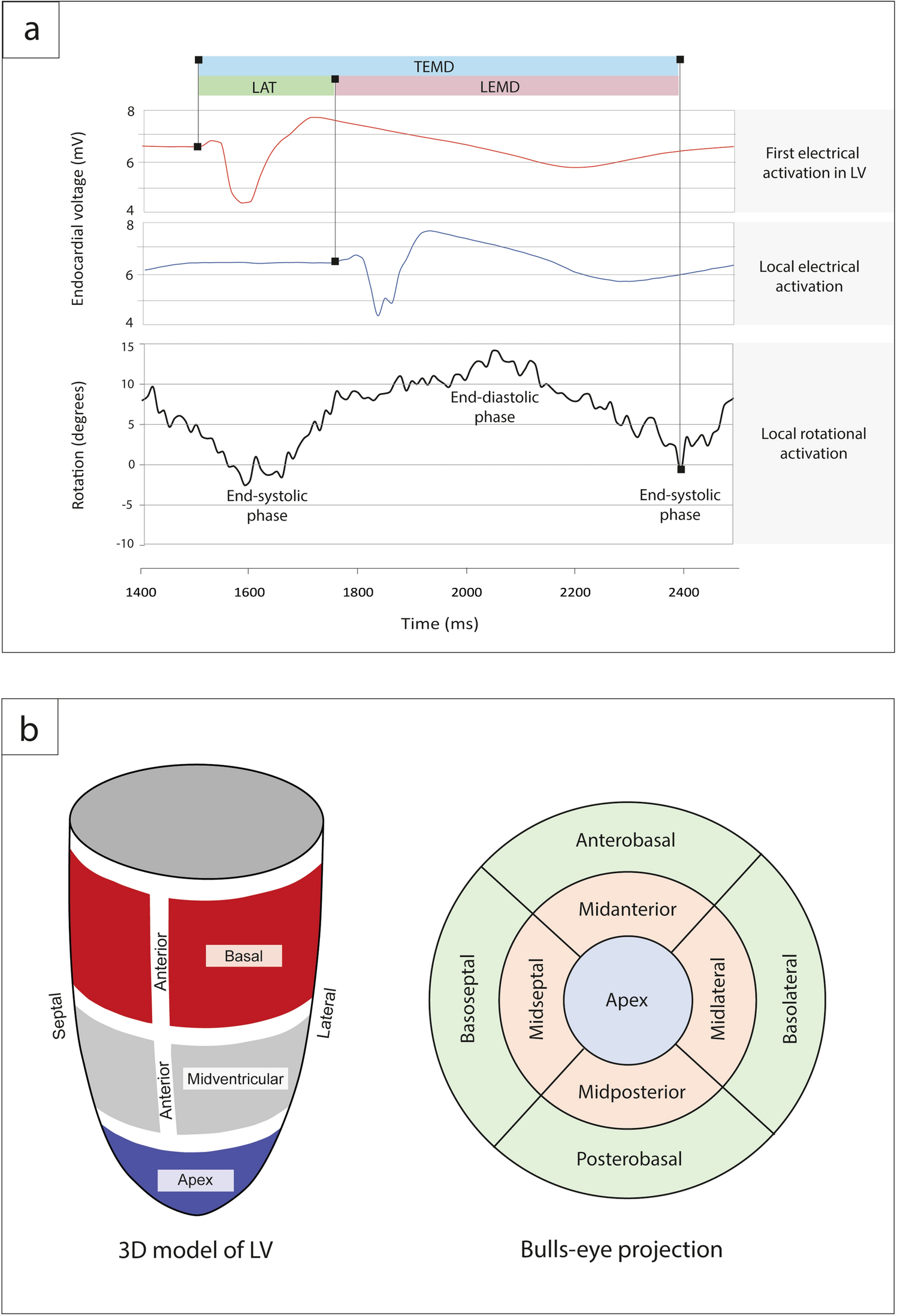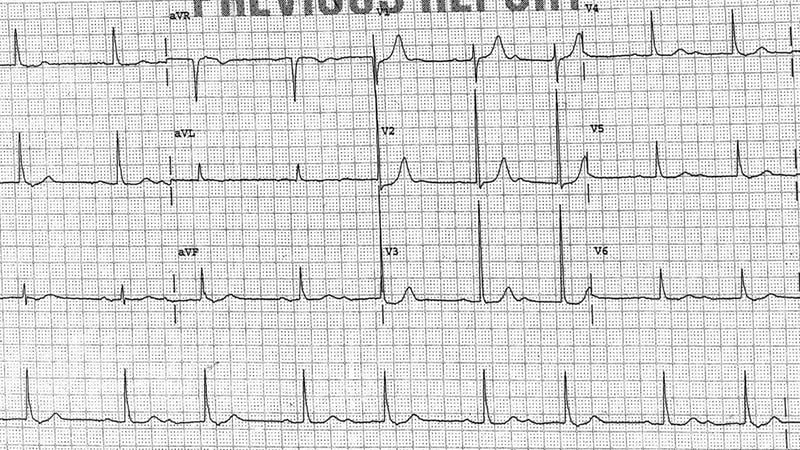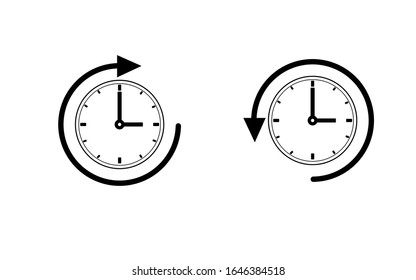Figure 1 from Counterclockwise and Clockwise Rotation of QRS

Figure 1. Scheme for no rotation, counterclockwise rotation, and clockwise rotation of QRS transition zone. - "Counterclockwise and Clockwise Rotation of QRS Transitional Zone: Prospective Correlates of Change and Time‐Varying Associations With Cardiovascular Outcomes"

Anatomical cardiac and electrocardiographic axes correlate in both upright and supine positions: an upright/supine CT study

The Electrocardiogram and Vectorcardiogram of the Normal Infant - ScienceDirect

Rotation Rules (Explained w/ 16 Step-by-Step Examples!)

The Electrical Axis and Cardiac Rotation - Basic and Bedside Electrocardiography, 1st Edition (2009)

Local electromechanical alterations determine the left ventricle rotational dynamics in CRT-eligible heart failure patients

Local electromechanical alterations determine the left ventricle rotational dynamics in CRT-eligible heart failure patients

Table 2 from Counterclockwise and Clockwise Rotation of QRS Transitional Zone: Prospective Correlates of Change and Time‐Varying Associations With Cardiovascular Outcomes

Graph the image of triangle ABC after a rotation of 180 degrees clockwise around the origin. Identify the vertices of the new triangle, A'B'C

Which image shows a counter-clockwise rotation of the blue quadrilateral PQRS 90° around the origin? Please

Vectrorcardiographic QRS loop morphology assessment. A. Best fitted

ECG Challenge: A Counterclockwise Rotation - Page 2

Table 5 from Counterclockwise and Clockwise Rotation of QRS Transitional Zone: Prospective Correlates of Change and Time‐Varying Associations With Cardiovascular Outcomes

Transformations - Rotate 90 Degrees Around The Origin

Typical (Counterclockwise) and Reverse Typical (Clockwise)









